Chinesology's chef Saito Chau on Tang-ren gastronomy and East-meets-West cocktails
May 21, 2024
Chinesology celebrates its second anniversary this year. Its culinary director chef Saito Chau tells David Ho about Tang-ren gastronomy and East-meets-West cocktails
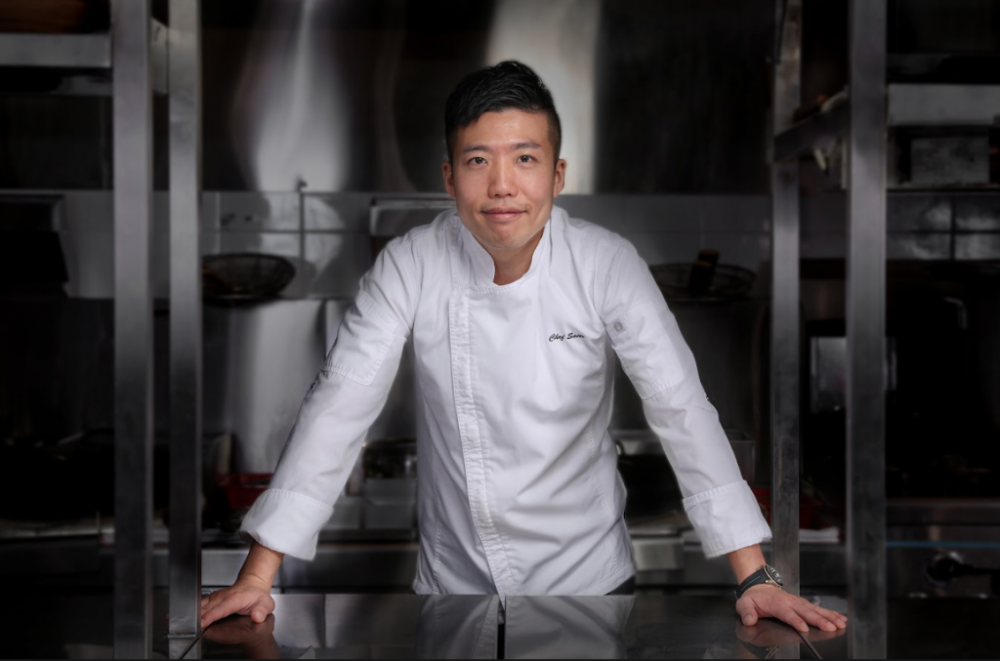
The Tang Dynasty was known for its diverse cuisine and vibrant drinking culture. Today, Chinesology is dedicated to keeping those traditions alive with its eclectic dishes and cocktails that fuse Chinese tradition with contemporary Western mixology.
As part of its second anniversary, Chinesology has come up with a fresh range of Tang-ren gastronomy creations, including a new degustation menu priced at HK$1,388 per person (2-person minimum) with the option of wine pairing for an additional HK$800 per person.
Meanwhile, the restaurant’s in-house mixologists have taken inspiration from the Chinese medical text, Bencao Gangmu (Compendium of Materia Medica), to create vintage beverages that are as aromatic and flavourful as they are potent in boosting wellness. With herbal essences and therapeutic potions taken from the Bai Zi Cui (hundred-drawer dabinet), you can truly drink to your health.
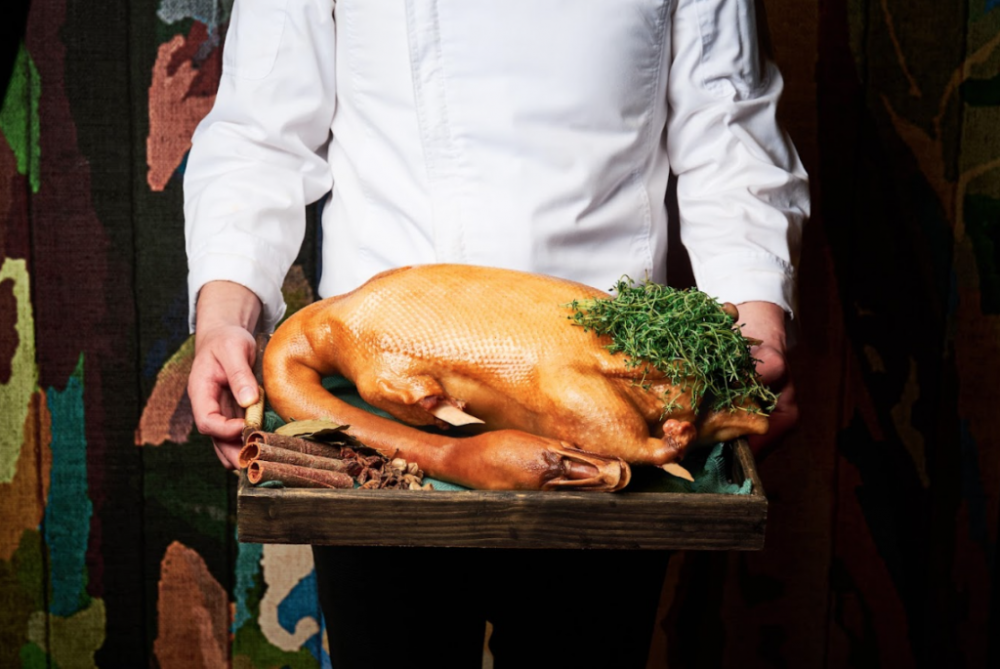
Congrats on the second anniversary! What have been some interesting lessons you’ve learnt in the lead up to this milestone?
Chinesology’s concept emerged during the challenging period of the pandemic, encompassing the difficulties of sourcing ingredients, construction materials, and manpower – but we persevered with tremendous support from the management and team.
Our goal was to establish an extraordinary and splendid dining experience in Hong Kong, taking diners on a memorable culinary journey that showcases traditional recipes presented the glorious spirit of the Tang Dynasty, which was synonymous with opulence and refinement.
A valuable lesson we learned is the crucial connection between interior design and the overall dining experience. We are also dedicated to sourcing the finest plates and accessories, which embody the grandeur and culinary expertise of Yue-cai (Cantonese cuisine) dining, further elevating the overall ambiance and presentation.
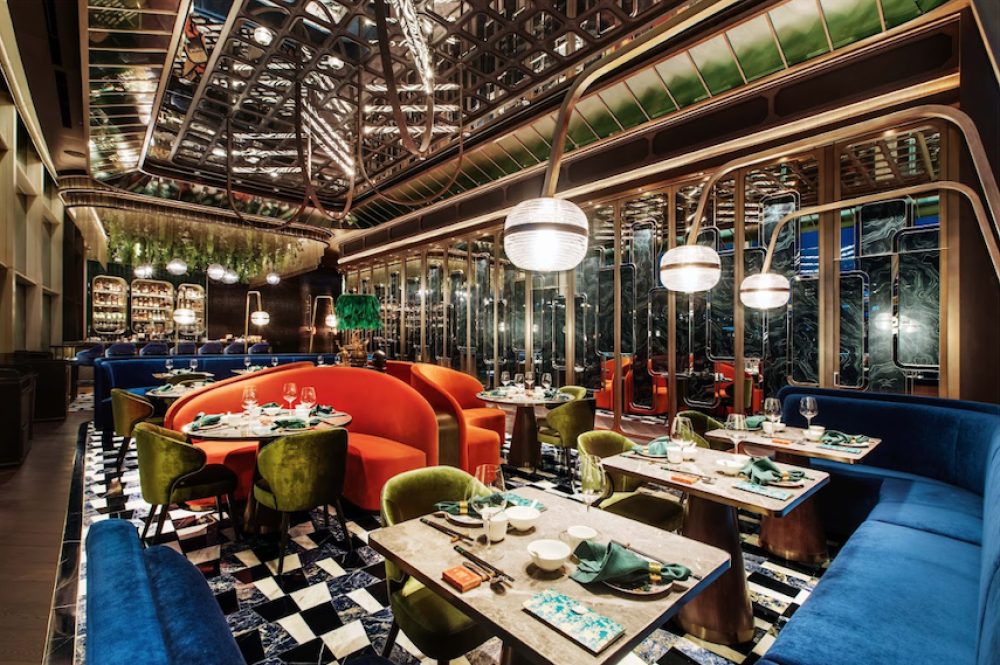
Please tell us more about Tang-ren gastronomy and its characteristics.
At Chinesology, we embrace the culinary tradition of Tang-ren gastronomy, paying tribute to the profound history and cultural significance of the Tang Dynasty. Leading chefs (not just Chinese) around the world are now drawing from the wonderful gastronomy of this era – characterised by meticulous craftsmanship, innovative combinations of ingredients and artistic presentation – and celebrating these marvels with today’s diners. Our team strives for perfection in every aspect, from ingredient selection to cooking techniques, so we can deliver complex, nuanced and exciting dishes rarely found elsewhere.
We aim to showcase these characteristics in our culinary creations at Chinesology, providing an environment where people can gather, share delicious food, and experience the vibrant energy of Tang-ren gastronomy. By honouring the rich history and cultural heritage of this glorious era of art, gastronomy and civilisation in China, we offer an authentic and memorable dining experience.
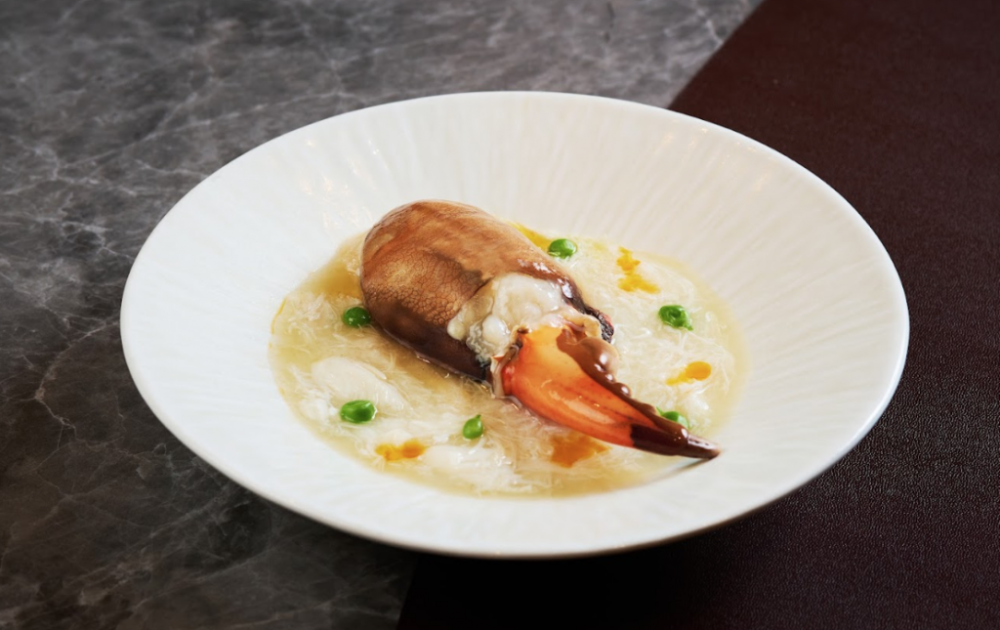
How do you maintain the integrity of Chinese cooking, but still keep things innovative?
My motto – “not content with being ordinary” – serves as a constant source of motivation as I strive to maintain the integrity of Chinese cooking while fostering innovation. I am dedicated to present unique culinary experiences that stand out from the crowd, rather than simply following trends.
In my approach, I am committed to revisiting traditional cuisine and infusing it with innovative elements without completely reinventing the wheel. It is important to me to carefully balance tradition and innovation, ensuring that the dishes I create honour the roots of Chinese cooking, particularly Yue-cai, while also pushing boundaries and exciting the palate.
By upholding this philosophy, I aim to go beyond the ordinary and provide culinary experiences that are memorable, delightful, and pay homage to the rich heritage of Chinese cuisine.
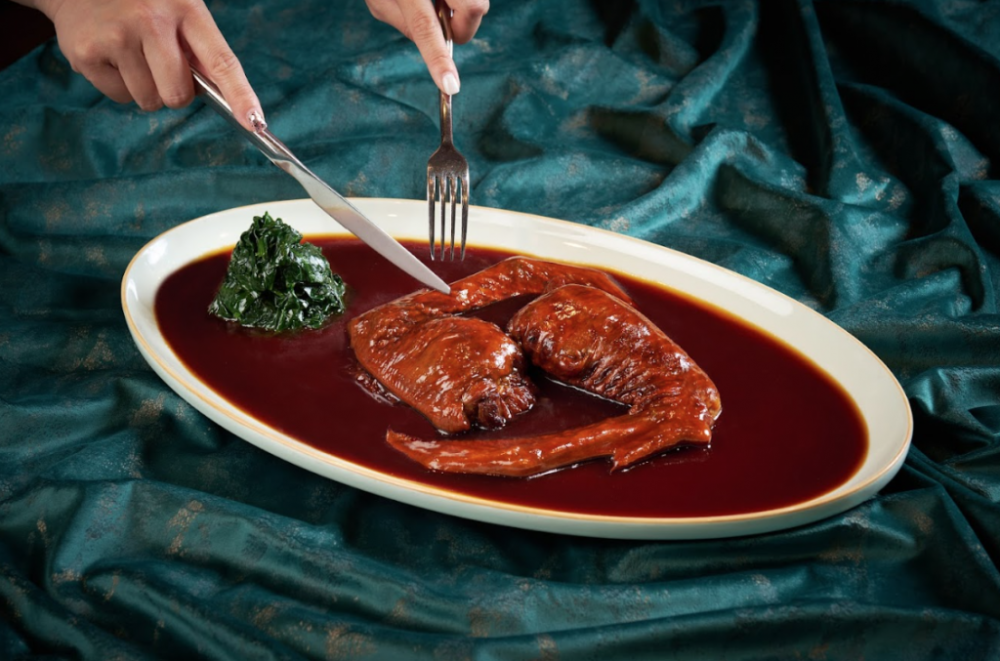
Please share with us the inspiration for your new culinary creations.
The inspiration for my latest culinary creations at Chinesology is deeply rooted in the tradition and history of Chinese cuisine. As we celebrate our second anniversary, I have explored new avenues of creativity, carefully weaving innovative elements while remaining grounded in these culinary foundations.
One of the highlights is the supreme soya goose, which draws inspiration from the renowned Nanjing Salted Duck recipe. We take the native lion-head goose of the Chaozhou region, known as the “king of geese”, and marinate it for 24 hours in a harmonious blend of sea salt and Sichuan peppercorns. After air-drying for 12 hours, the bird is slow-cooked for 6 hours in a traditional Cantonese-style marinade, resulting in a tender and flavourful dish.
Another must-try dish is goose wing and crabmeat with conpoy, preserved sausage, salty egg yolk, lotus seed, scallion, preserved vegetables, and celery. After deboning the wing of Chaozhou’s giant geese, we fill it with prized ingredients such as conpoy, crabmeat, preserved sausage, salted egg yolk, treasured aged tangerine peel, and shiitake mushrooms. The meat is then braised for 4-5 hours with abalone and chu-hou sauce, resulting in a delightful combination of textures and flavours.
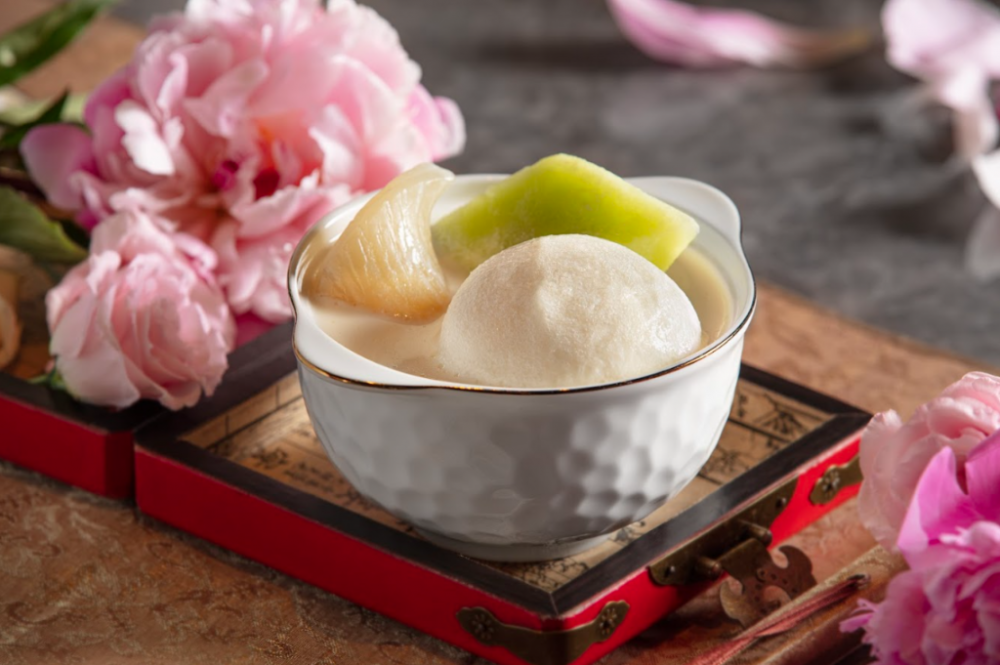
In addition to these new creations, we also have signature dishes that evoke nostalgic memories, such as stir-fried Australian lobster in Sergestid shrimp sauce with handmade rice flour rolls, which is replicating lobster e-fu noodle with a twist by adding Sergestid shrimp sauce and replacing e-fu noodles with handmade rice flour rolls. This is just one example of how we balance innovation with traditional essence.
We also take guests back to the old days of being wowed by crispy fried chicken with our smoked free range chicken with osmanthus and oolong tea leaf. We have revived a technique whereby locally raised three-yellow chicken is air-dried for two nights to enhance its flavour. Before serving, the chicken is doused in hot oil for a crispy skin. Tea smoking with sweet-scented osmanthus and fragrant Oolong further enriches the aroma and succulence of the tender meat.
These culinary creations at Chinesology reflect my passion for blending tradition and innovation, resulting in dishes that pay homage to the past while offering unique and memorable dining experiences.
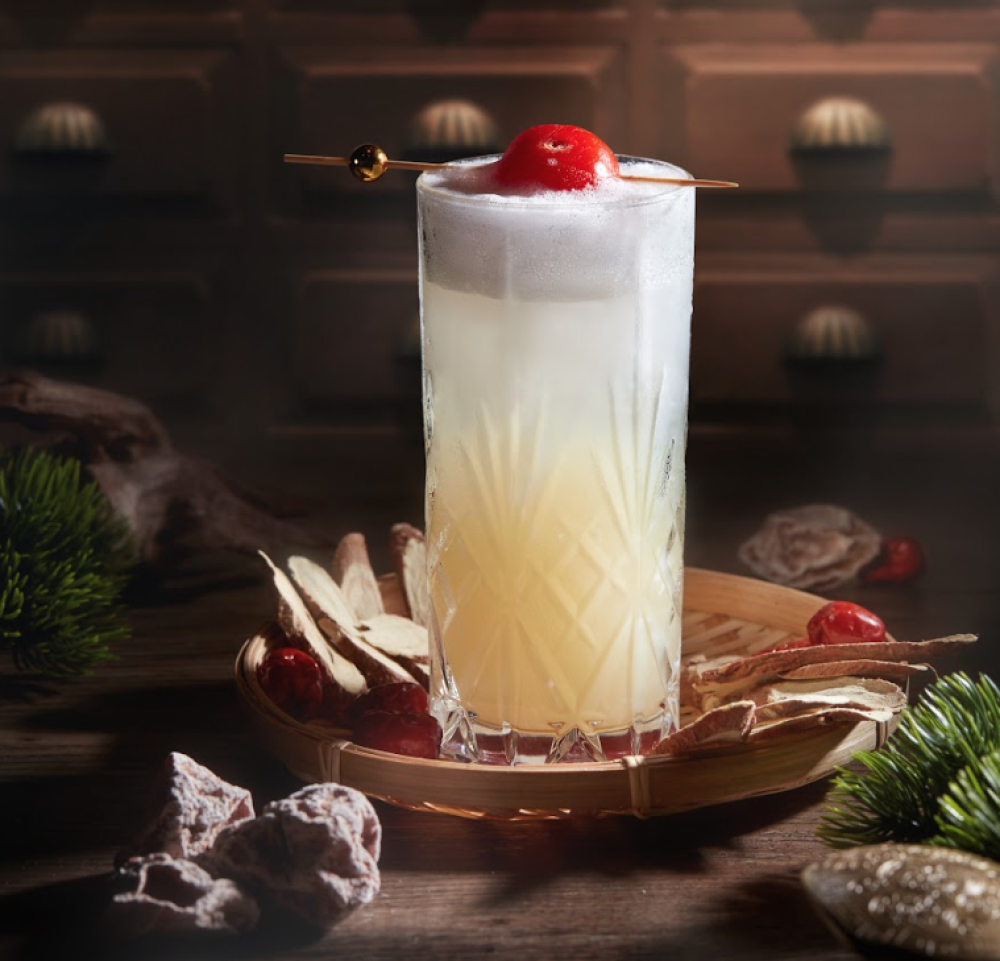
You are also offering a new degustation menu. What do you personally look for in such an experience?
When it comes to a degustation menu, undoubtedly, food quality and flavour profiles are of utmost importance. However, from my personal perspective, I look for a sense of uniqueness in the dishes and the menu – an experience that embraces the cultural significance of the cuisine and has clearly been crafted with finesse, care and passion to create a memorable and exceptional culinary journey.
Let’s talk drinks. Why do you think Chinese medicine works so well with contemporary Western mixology?
At Chinesology, I am grateful for the support of our skilled team, consisting of professionals who have honed their expertise in Hong Kong’s finest F&B establishments. Alongside our culinary creations, our thoughtfully curated cocktail selections, designed in alignment with the Chinesology philosophy, have received exceptional feedback since our opening.
The mixology scene in Hong Kong was previously dominated by Western techniques, and we hope to break through these boundaries and inspire a fresh approach. Our team recognised the opportunity to redefine Western mixology by infusing it with a Chinese twist, incorporating Chinese herbs and medicine.
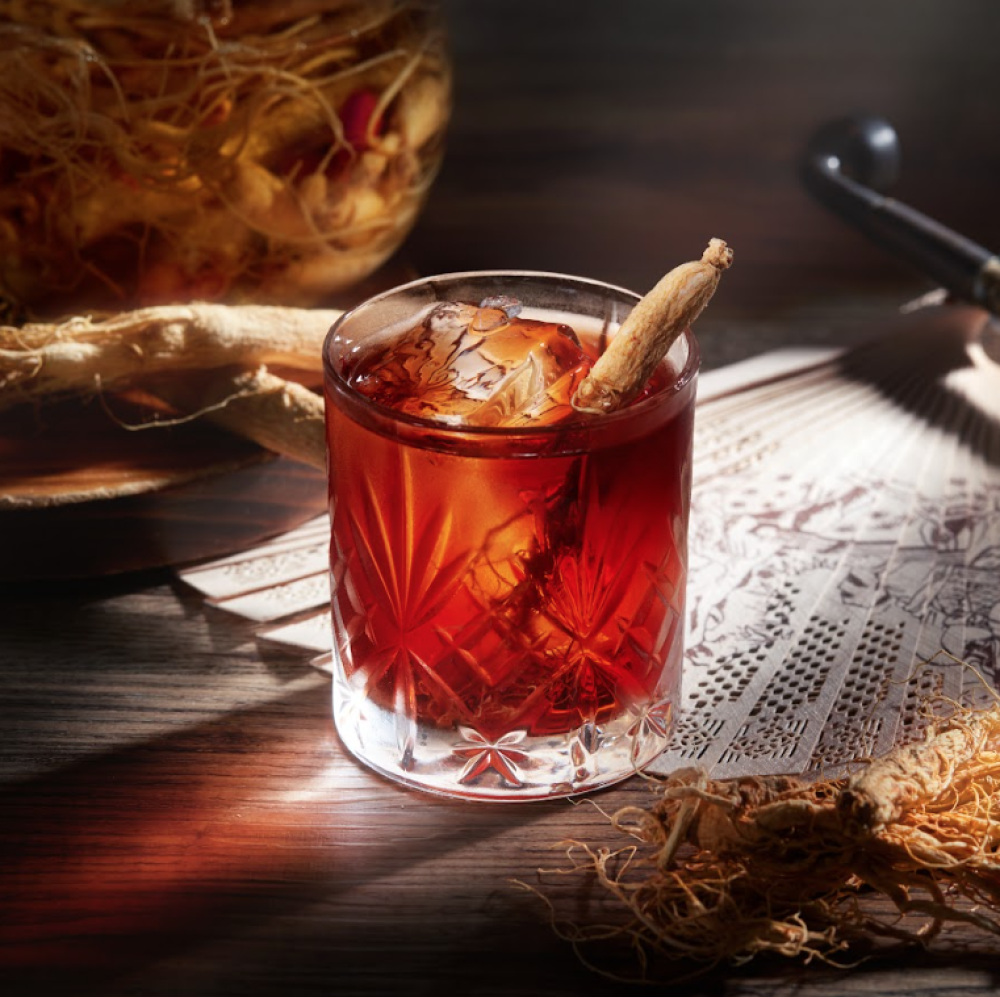
A prime example is our use of ginseng as a key ingredient. We take great care in preparing ginseng sous vide gin, blending it with the bittersweet flavours of Vermouth and Campari to create an impressive alcohol profile. This ingenious Chinese variation of the Negroni cocktail showcases the subtle and invigorating taste of ginseng, enlivening the senses and uplifting the spirits.
By harmoniously blending contemporary Western mixology with the principles and flavours of Chinese herbal medicine, our aim is to curate a unique and thrilling drinking experience. This fusion allows us to offer a fresh perspective on cocktails, seamlessly blending the best of both worlds and introducing our guests to new and captivating flavours.
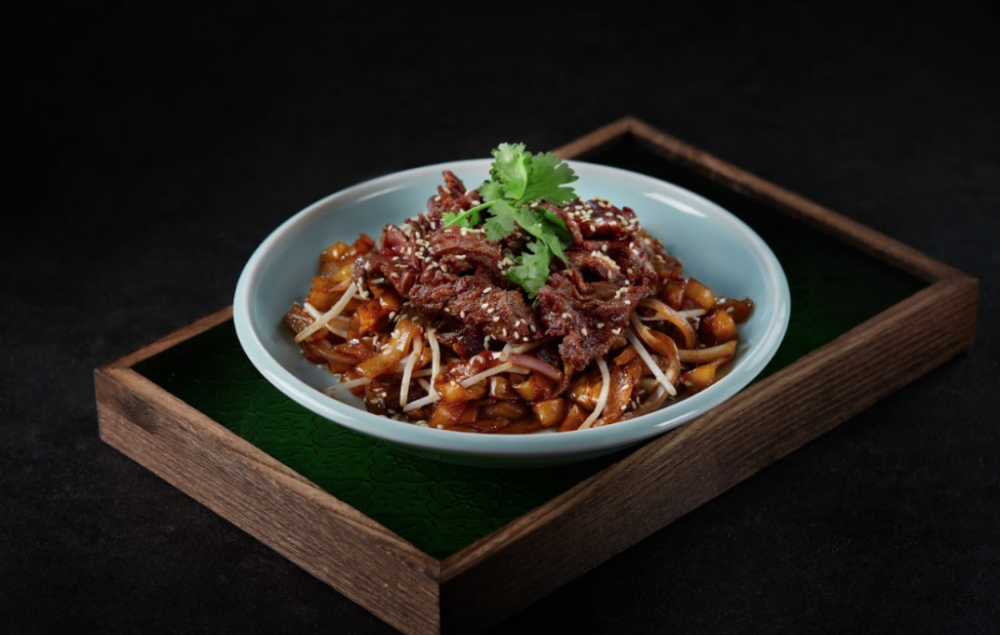
What’s next for you?
I envision expanding the concept and philosophy of Chinesology worldwide, creating a respected destination that embraces connections and culinary excellence. My goal is to advocate for the expertise and artistry of Chinese cuisine, fostering its recognition and appreciation on a global scale. Moreover, I am deeply passionate about imparting my skills, knowledge, and culinary culture to younger generations through training and sharing.
Also see: How to choose sake according to a 130-year old Japanese brewery





























